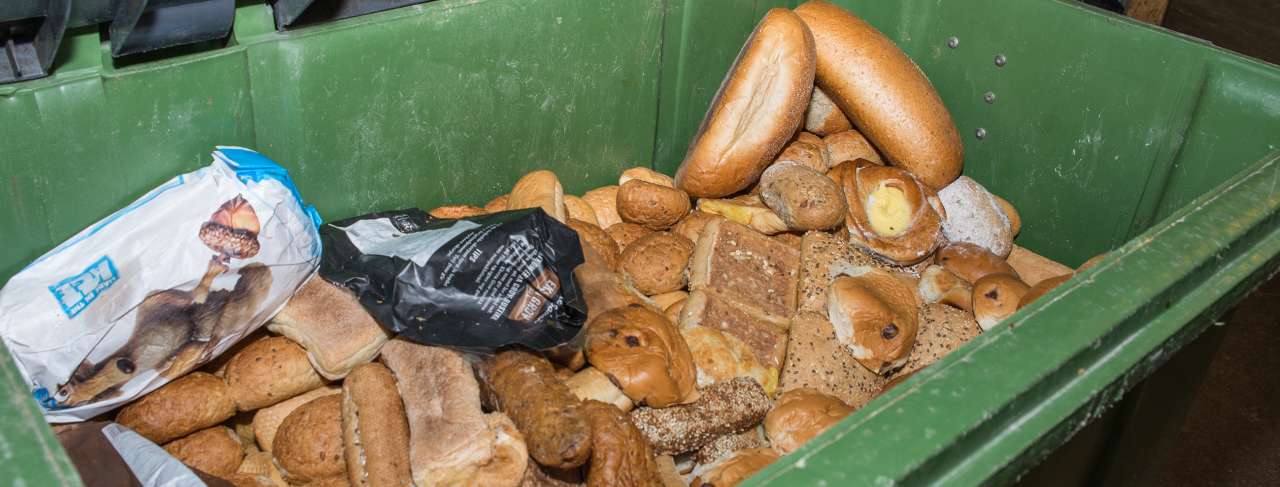Bold action plan for reducing food loss

Photo: Anette Tjomsland Spilling
In 2024, the Food Loss Committee released a report proposing measures to reduce food loss by 75% by 2030. The biggest impact lies with private households—people like you and me.
Globally, one-third of all food produced is never eaten. In Norway alone, 450,000 tonnes of food were lost or discarded in 2021. Consumers were responsible for 48% of this, equating to over 40 kilos per person and a total loss of approximately 12.5 billion NOK.
The committee proposed actions in ten key areas. If implemented, food loss could be reduced by 75%. Around half of this reduction is expected to come from private households, while retail and food industries could each account for one-fifth.
A major recommendation is a due diligence requirement, forcing actors in the food chain to report on their risk areas for food loss and measures taken. The committee also suggests strengthening the industry agreement by involving more public stakeholders and requiring food manufacturers and wholesalers to donate surplus food where feasible.
Other measures include mandating price reductions on soon-to-expire food in stores, raising awareness, improving skills, sharing data, and better forecasting.
The food value chain is complex, with varying challenges and solutions depending on the stakeholders involved.
“That’s why it’s important to enable each actor to prioritise effective measures while holding them accountable to act and meet the goals. The proposed due diligence requirement, combined with strengthening the industry agreement, strikes a good balance,” says Hilde Haug Simonhjell.
Contacts

Purpose
The Food Loss Committee was established by the Government and tasked with identifying ways to reduce Norway's food loss by 50 % by 2030. This initiative aims to meet the UN's Sustainable Development Goals and cut CO2 emissions by nearly 1.5 million tonnes.
Collaboration: Relevant research institutes and organisations representing the entire food value chain
Contacts

